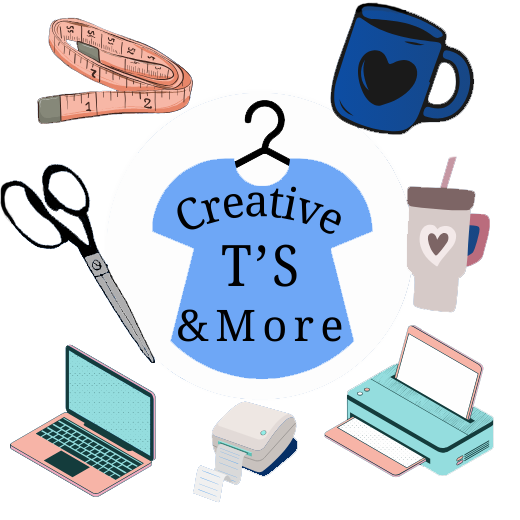ADA Compliance
People with disabilities navigate the web in a variety of ways. People who are blind may use screen readers, which are devices that speak the text that appears on a screen. People who are deaf or hard of hearing may use captioning. People whose disabilities affect their ability to grasp and use a mouse may use voice recognition software to control their computers and other devices with verbal commands.
Title III prohibits discrimination against people with disabilities by businesses open to the public (also referred to as “public accommodations” under the ADA). The ADA requires that businesses open to the public provide full and equal enjoyment of their goods, services, facilities, privileges, advantages, or accommodations to people with disabilities. Businesses open to the public must take steps to provide appropriate communication aids and services (often called “auxiliary aids and services”) where necessary to make sure they effectively communicate with individuals with disabilities. For example, communication aids and services can include interpreters, notetakers, captions, or assistive listening devices.
On our end, we have taken appropriate steps to address compliance including but not limited to,
- Color contrast;
- Text alternatives (“alt text”) on images;
- Captions on videos;
- Labels that screen readers can convey to their users;
- Clear instructions;
- Error indicators (such as alerts telling the user a form field is missing or incorrect);
- Outline navigation (lack of keyboard navigation);
Resources:
https://www.ada.gov/resources/web-guidance/
https://www.w3.org/WAI/WCAG22/quickref/
